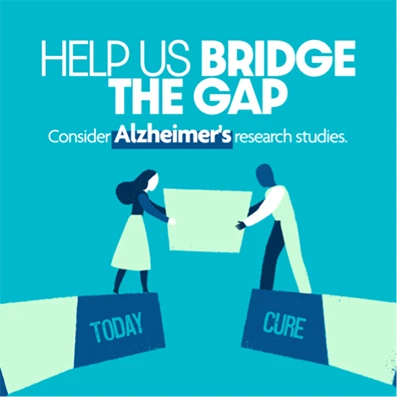As we age, it’s normal to experience some degree of memory loss. However, distinguishing between the typical memory lapses associated with aging and the early signs of Alzheimer’s disease is crucial for early intervention and management. Understanding these differences can help individuals and their loved ones seek appropriate care and support.
Normal Aging Memory Changes
Memory changes are a natural part of aging. Typical memory lapses might include:
- Forgetting Names: Occasionally forgetting the names of acquaintances or temporarily struggling to recall a word.
- Misplacing Items: Misplacing everyday items like keys or glasses but finding them later.
- Slow Processing: Taking longer to learn new information or needing extra time to recall details.
- Occasional Forgetfulness: Forgetting appointments or events occasionally but remembering them later.
These changes are generally manageable and do not interfere significantly with daily life. They are often due to the brain’s natural aging process and can be mitigated with mental exercises and healthy lifestyle choices.

Early Signs of Alzheimer’s Disease
Early Alzheimer’s symptoms go beyond normal age-related memory changes and may include:
- Significant Memory Loss: Forgetting recently learned information, important dates, or events, and asking for the same information repeatedly.
- Difficulty Planning or Solving Problems: Struggling with tasks that require planning, such as following a familiar recipe or managing finances.
- Confusion with Time or Place: Losing track of dates, seasons, and the passage of time. Individuals may also forget where they are or how they got there.
- Trouble Understanding Visual and Spatial Relationships: Difficulty reading, judging distance, and determining color or contrast, which may cause problems with driving.
- New Problems with Words: Trouble following or joining a conversation, stopping in the middle of a conversation, or struggling to find the right word.
- Decreased or Poor Judgment: Poor decision-making and judgment, especially with money or when interacting with strangers.
- Withdrawal from Work or Social Activities: Avoiding social engagements, work projects, or hobbies that they once enjoyed due to memory or other cognitive difficulties.
These symptoms represent more severe and consistent disruptions to daily life. As the condition progresses, these symptoms will become more noticeable, so it’s important to recognize the early signs and monitor their frequency and progression.
Recognizing the Difference
The key difference between normal aging memory changes and early Alzheimer’s is the impact on daily functioning and the progression of symptoms. Normal aging might involve occasional forgetfulness, while early Alzheimer’s leads to consistent memory issues and cognitive decline that interferes with everyday activities.
Strategies for Managing Memory Changes
- Stay Mentally Active: Engage in puzzles, reading, or learning new skills to keep your brain sharp.
- Physical Exercise: Regular physical activity improves blood flow to the brain and overall cognitive function.
- Healthy Diet: A balanced diet rich in fruits, vegetables, and omega-3 fatty acids can support brain health.
- Social Engagement: Stay connected with friends and family to maintain mental and emotional well-being.
- Routine Check-Ups: Regular visits to the doctor can help monitor memory changes and identify any potential issues early.

Understanding the differences between normal memory changes and early signs of Alzheimer’s can lead to timely interventions and better outcomes. If you or a loved one are experiencing signs of early Alzheimer’s disease, consider exploring our enrolling Alzheimer’s studies.




